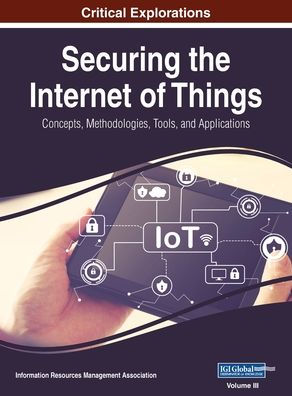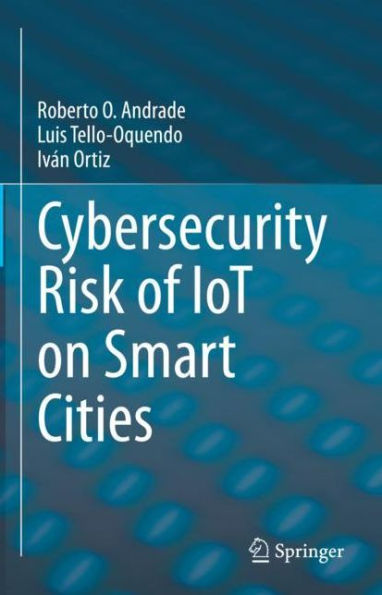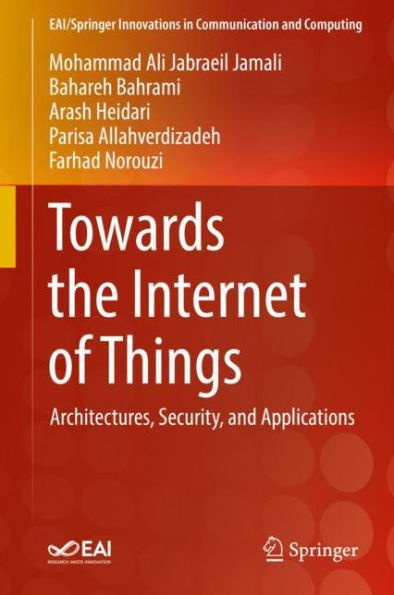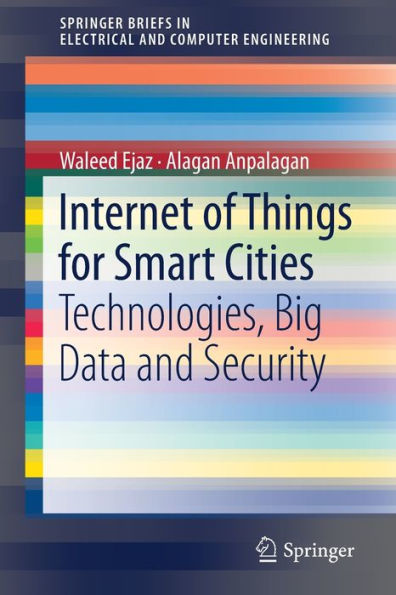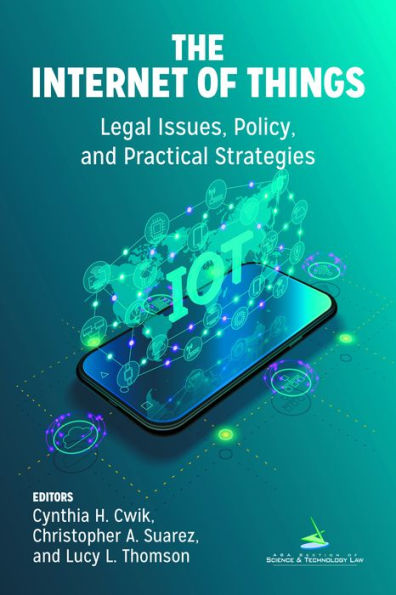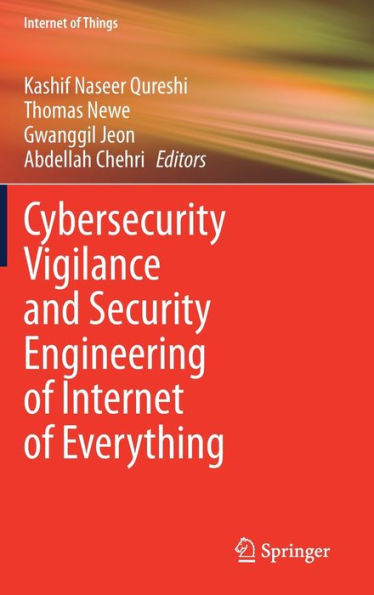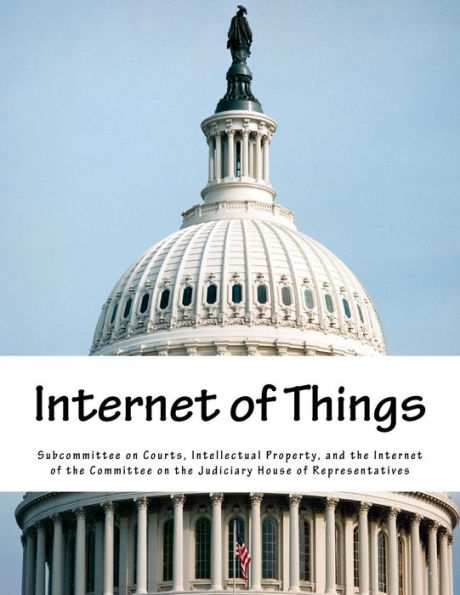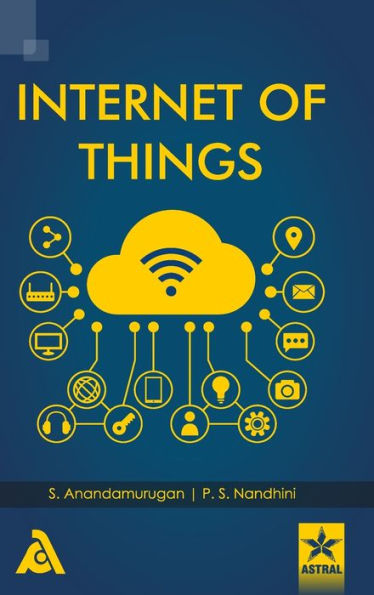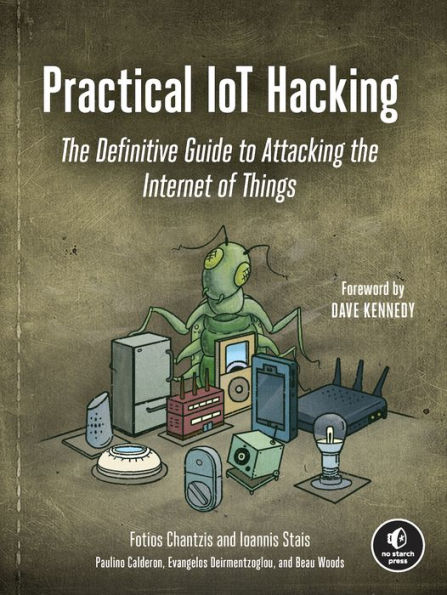Home
Securing the Internet of Things (IoT): Cybersecurity of Connected Devices


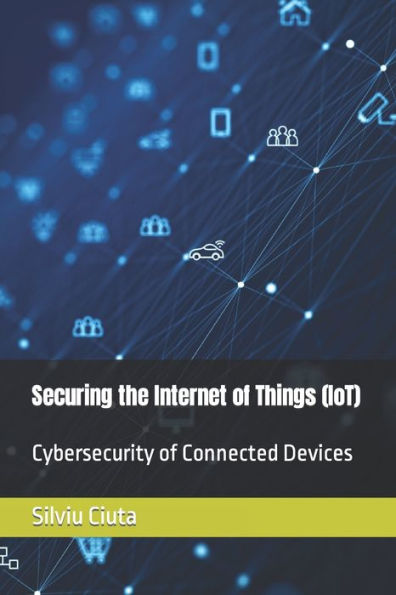
Securing the Internet of Things (IoT): Cybersecurity of Connected Devices
Current price: $12.99
Loading Inventory...
Size: OS
The Internet of Things (IoT) refers to the network of interconnected physical devices, vehicles, appliances, and other objects embedded with sensors, software, and network connectivity. These devices can collect and exchange data, enabling them to interact with each other and with their environment. The significance of IoT lies in its ability to enhance efficiency, provide valuable insights through data analytics, and improve automation in various sectors, ranging from healthcare and agriculture to smart cities and industrial processes.
The use of IoT devices has proliferated across diverse sectors, including healthcare, agriculture, transportation, manufacturing, and smart homes. These devices offer benefits such as real-time monitoring, predictive maintenance, and improved decision-making. However, the widespread deployment of IoT devices also raises security concerns due to the interconnected nature of these systems.
The interconnected nature of IoT introduces security challenges as it expands the attack surface. Vulnerabilities in one device can potentially compromise the entire network, leading to data breaches, unauthorized access, and disruptions to critical services.
Common vulnerabilities in IoT devices include insecure firmware, weak authentication mechanisms, insufficient encryption, and susceptibility to physical tampering. These vulnerabilities can be exploited by attackers to gain unauthorized access, manipulate data, or launch attacks on other devices.


